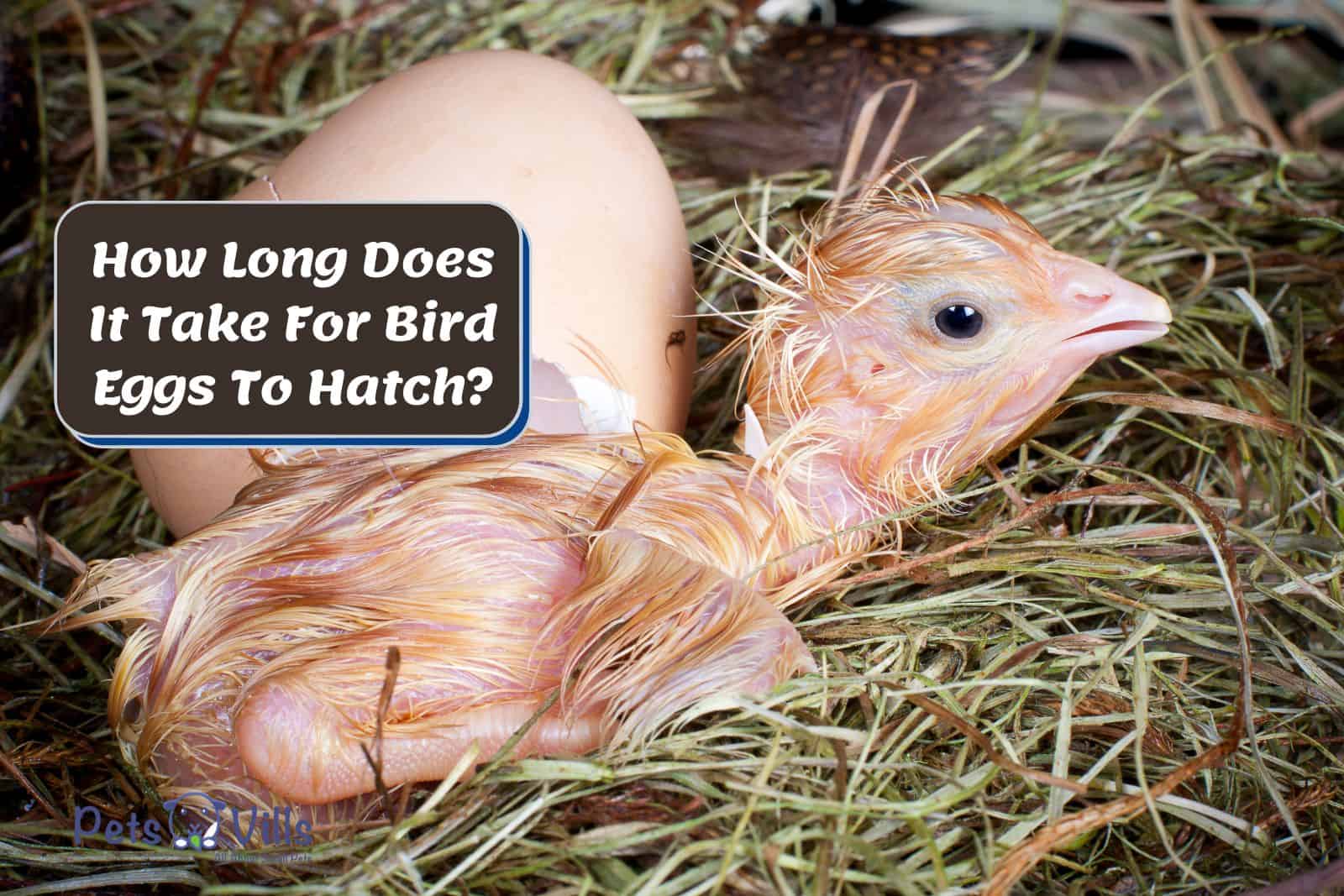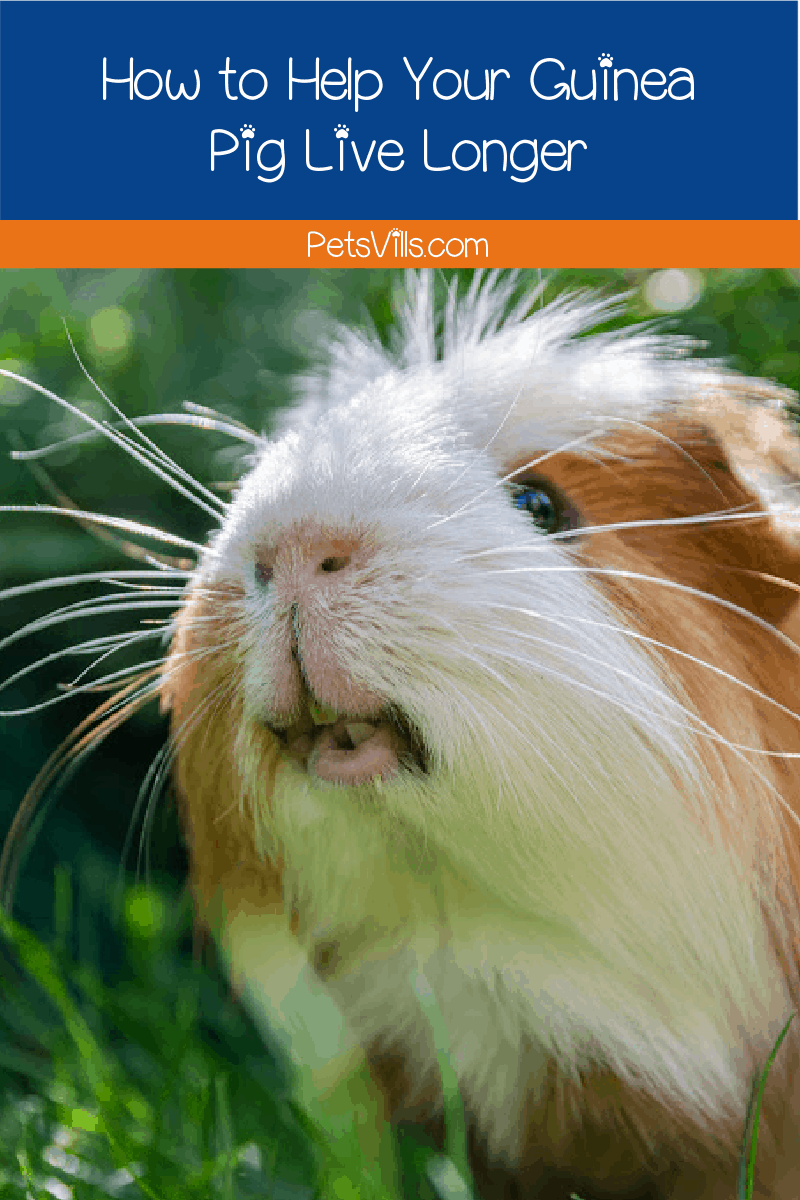Wondering How Long Does It Take For Bird Eggs To Hatch?
Birds typically lay eggs every day, depending on the species and their reproductive cycle [1]. The average incubation period for birds is about one month, but it can vary depending on your area’s weather and temperature.
Read on as we explore the average length of time it takes bird eggs to hatch and some factors that can affect that time.
Table of Contents
Factors That Influence Time it Takes Eggs to Hatch
Several factors influence the time it takes for bird eggs to hatch. These include the species of bird, the incubation temperature, and the humidity level surrounding the egg.
1-Temperature
The incubation temperature is one of the essential factors in determining hatching time [2]. A cold environment will slow down development, and a hot climate will speed up development.
The ideal temperature for incubating most birds is between 99 and 100 degrees Fahrenheit (37 to 38 degrees Celsius).
READ MORE: How Do Mother Birds Feed Their Babies?
2-Bird Species
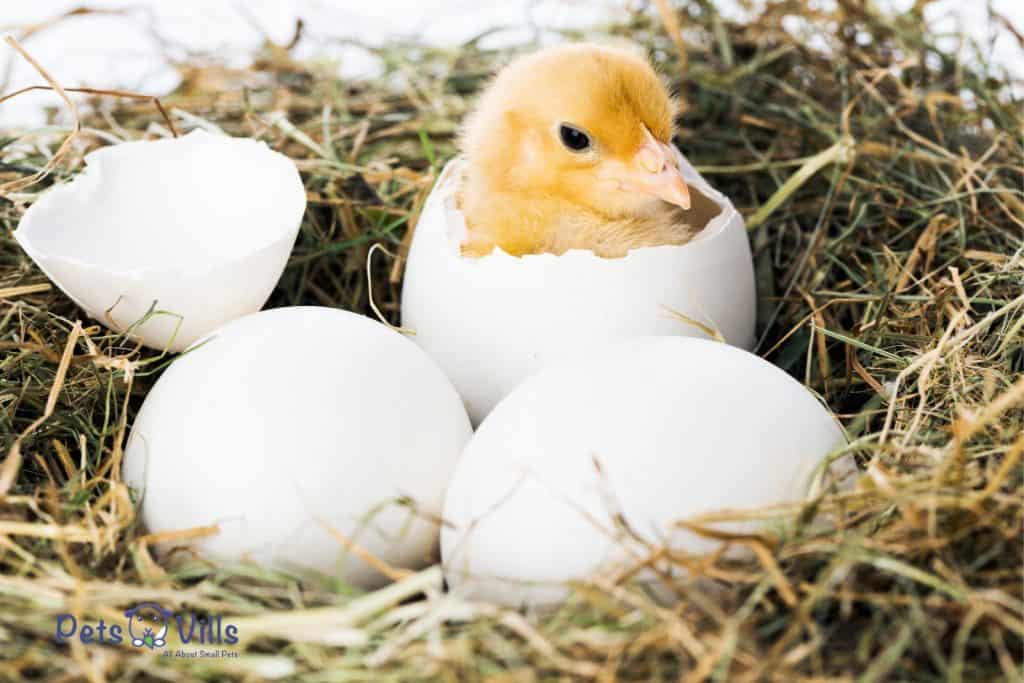
Some birds take longer than others to hatch their eggs because they have longer incubation times or there are fewer nutrients available in their incubation environment.
3-Humidity:
The humidity level in your bird’s nest box should be between 60% and 80% [3]. If it gets too dry, you may need to increase the humidity by misting or adding more water into the nest box.
Too much humidity can also be a problem because it increases the risk of mold growth in your nest box.
4-Egg Neglect
The number of eggs in the nest at once. A pair raising four or five chicks will have a much more difficult time keeping the nest warm than a pair raising one chick at a time.
5-Egg Size
Larger birds lay larger eggs and vice versa. The larger an egg is, the longer it will take to hatch because there is more material inside the shell for the embryo to use as food during development.
ALSO CHECK: How Do Baby Birds Learn to Fly?
Different Species and Varying Hatching Times
#1 Baltimore Orioles
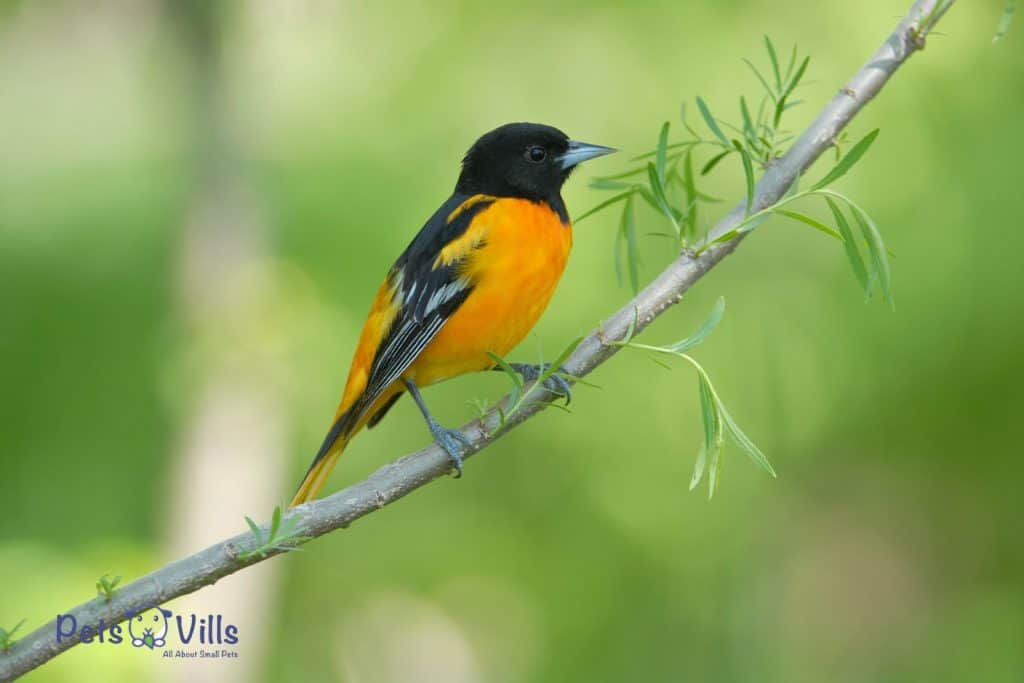
One of the most well-known species of Orioles is the Baltimore Oriole [4]. They live in South America, Mexico, and parts of South America in winter.
Baltimore Orioles move to North America and the Middle East to breed during the summer.
Nesting
Baltimore Orioles nest in open tree land or backyards. Their nests are usually 3 to 4 inches deep. The female builds the nest on her own, and it takes them an average of a week to make the nest.
They use grass, bark, and herbs to build nests.
Eggs
The female Baltimore Oriole lays 3 to 6 eggs and lays only once per season. The eggs look pale grey and brownish-black or lavender.
- Length: 2.1 to 2.5 cm or 0.8 to 1.0 inches
- Width : 1.5 to 1.7 cm or 0.6 to 0.7 inches
Baltimore Oriole Birds usually take 11 to 14 days to hatch from eggs.
#2 Ruby-Throated Hummingbird
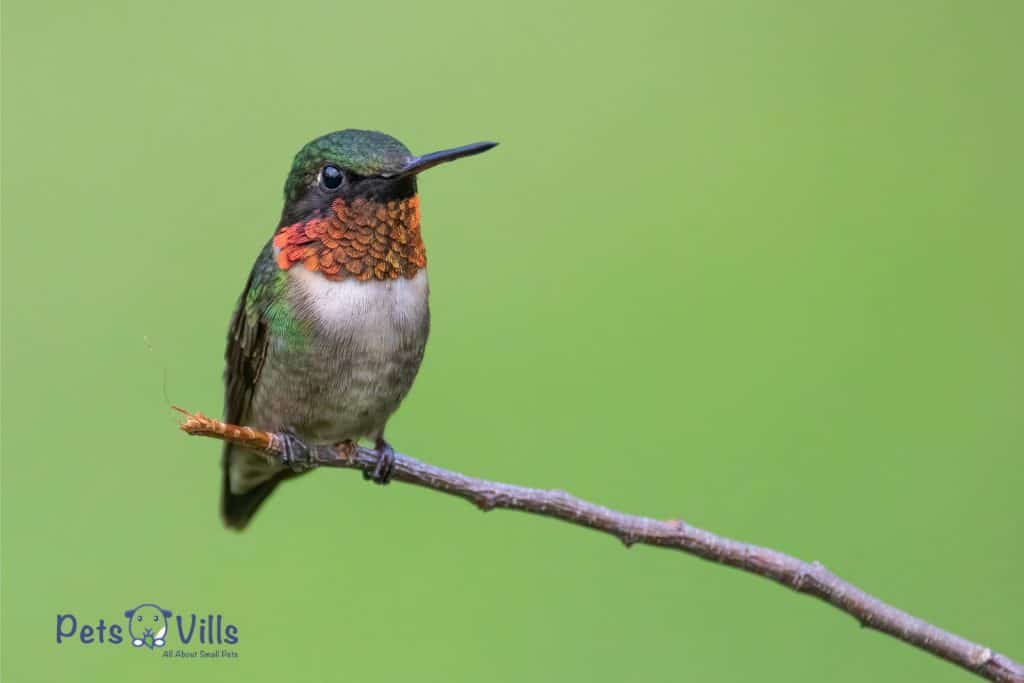
The ruby-throated hummingbird [5] is found in the eastern part of the United States. They migrate a lot during breeding.
Nesting
Ruby-throated hummingbirds live in densely populated areas. Occasionally they are in the woods near the backyards. This bird nests in bushes or tree branches 5-40 feet above the ground.
The ruby-throated hummingbird’s nest is about 2 inches wide and 1 inch deep. They usually use dead leaves, spider silk, grass, and algae to build their nests.
The female builds her nest on her own, and it takes about 8-10 days to build her nest.
Eggs
Female ruby-threatened hummingbirds usually lay two eggs at a time and sometimes once a year. The eggs are pea-shaped white and weigh about a gram.
- Length: 1.2 to 1.4 cm or 0.5 to 0.6 inches
- Width : 0.8 cm or 0.3 inches
Ruby-throated hummingbirds usually take 12 to 14 days to hatch from eggs.
#3 Anna’s Hummingbird
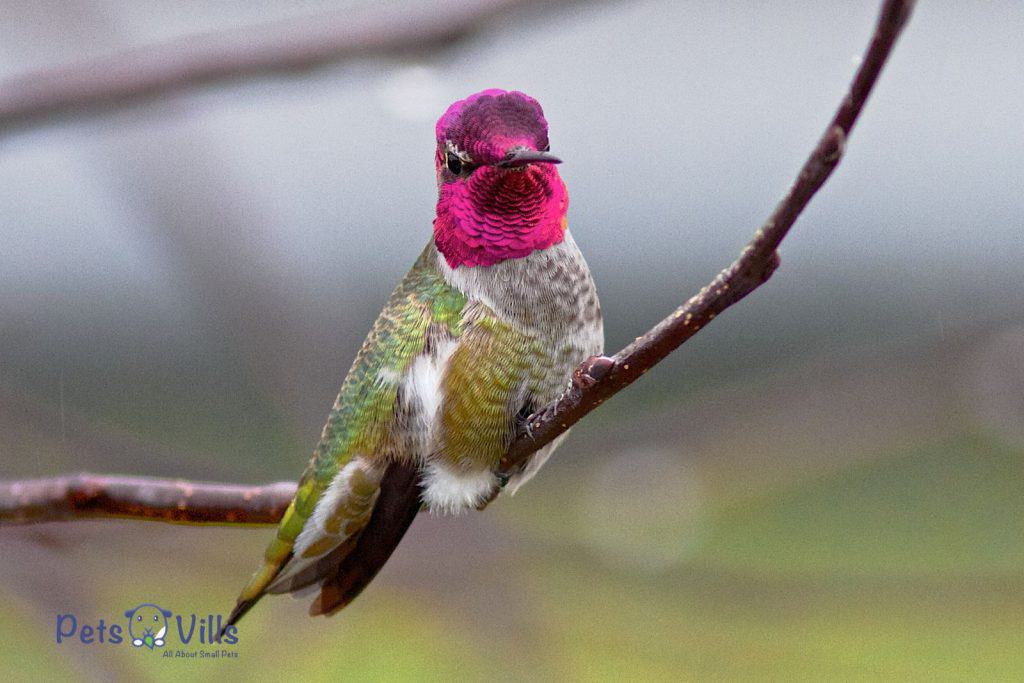
Anna’s hummingbirds [6] live off the coast of the Pacific Ocean and where live all year round.
Nesting
Like the ruby-throated hummingbird, Anna nests in hummingbirds and a large bush or tree branch 8-20 feet above the ground.
They nest near food sources, such as nectar flowers or feeder-rich flowers.
Anna’s hummingbird’s nest is only 1 inch long and 1.5 inches wide.
The female builds the nest on her own, and it takes them a week to make the nest.
They usually use a mixture of thistle, spider silk, kettle, leaves, and even small feathers on the inside to build their nests. They cover the outer part of the nest with algae and lichen.
Eggs
The female Anna’s hummingbird usually lays two eggs at a time and sometimes once a year. The eggs are white in appearance and about the size of a pea.
- Length: 1.2 to 1.4 cm or 0.5 to 0.6 inches
- Width : 0.8 cm or 0.3 inches
Anna’s hummingbirds usually take 18 days to hatch from eggs.
#4 Canada Geese
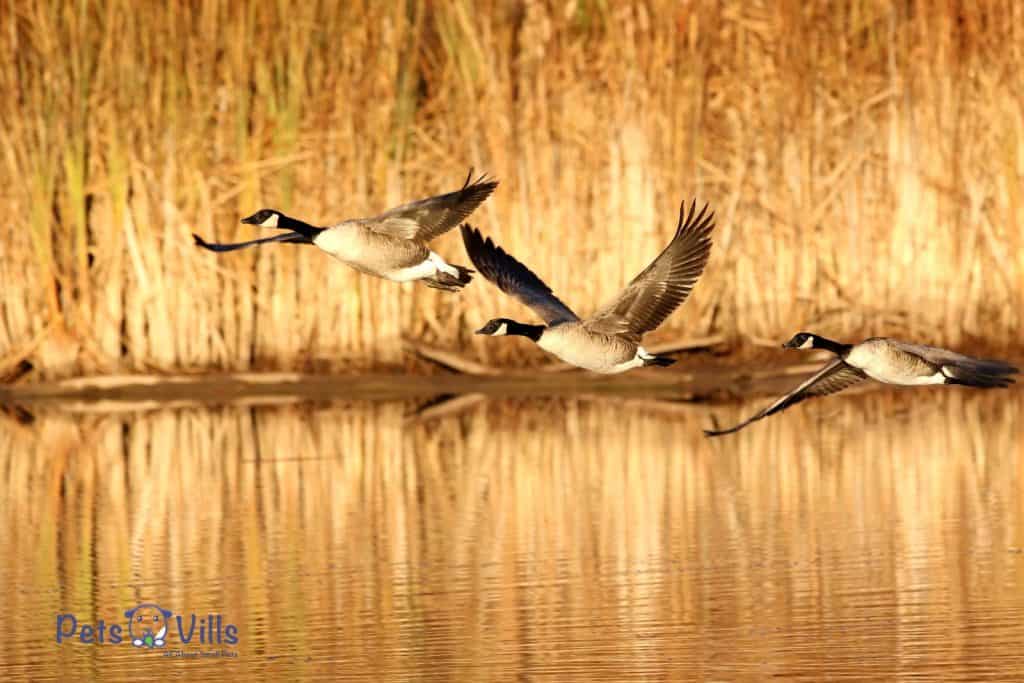
Canada Geese is found all over Canada and North America. They can be seen near water and food.
Nesting
Canada Geese make their home near the water. The female Canadian Geese usually build the house, but the men help.
They come back to the same house every year, and they stay with the same partner all their lives. Their nests are usually grass, lichen, algae, and some of the mother’s feathers.
Eggs
Canadian geese lay 2 to 6 eggs. The eggs are white.
- Length: 8.3 cm or 3.3 inches
- Width : 5.6 cm or 2.2 inches
Female Canadians typically take 25 to 28 days to hatch from eggs.
#5 Northern Cardinal
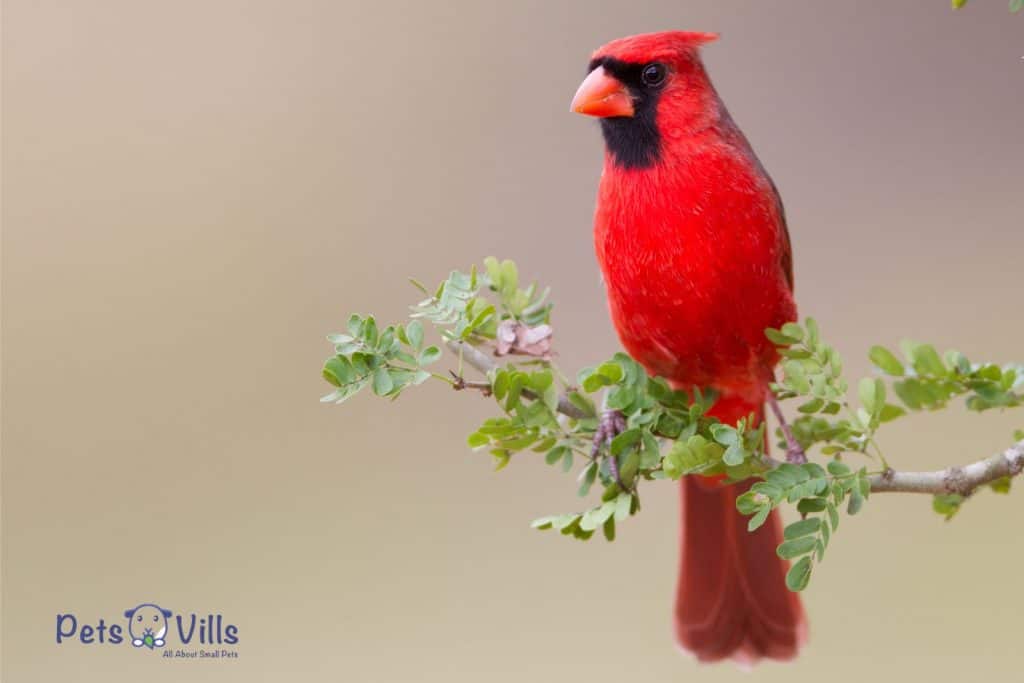
Northern cardinal birds are found throughout the year in the southern, central, and eastern regions of the United States.
Nesting
Northern cardinal birds nest in small trees or shrubs, 5-50 feet above the ground. Their nests are usually 2 inches long and 4 inches wide.
The female builds a nest on her own, and the male carries nesting tools such as stalks, leaves, bark, roots, and grass. It takes them 3 to 9 days to build the house.
Eggs
The northern cardinal birds lay 2 to 5 eggs at a time. They lay eggs twice a year. Eggs can be grey-white or greenish-white and have grey or brown spots on top of the eggs.
- Length: 2.2 to 2.7 cm or 0.9 to 1.1 inches
- Width : 1.7 to 2 cm or 0.7 to 0.8 inches
Northern cardinal birds usually take 8 to 13 days to hatch from eggs.
#6 American Robins
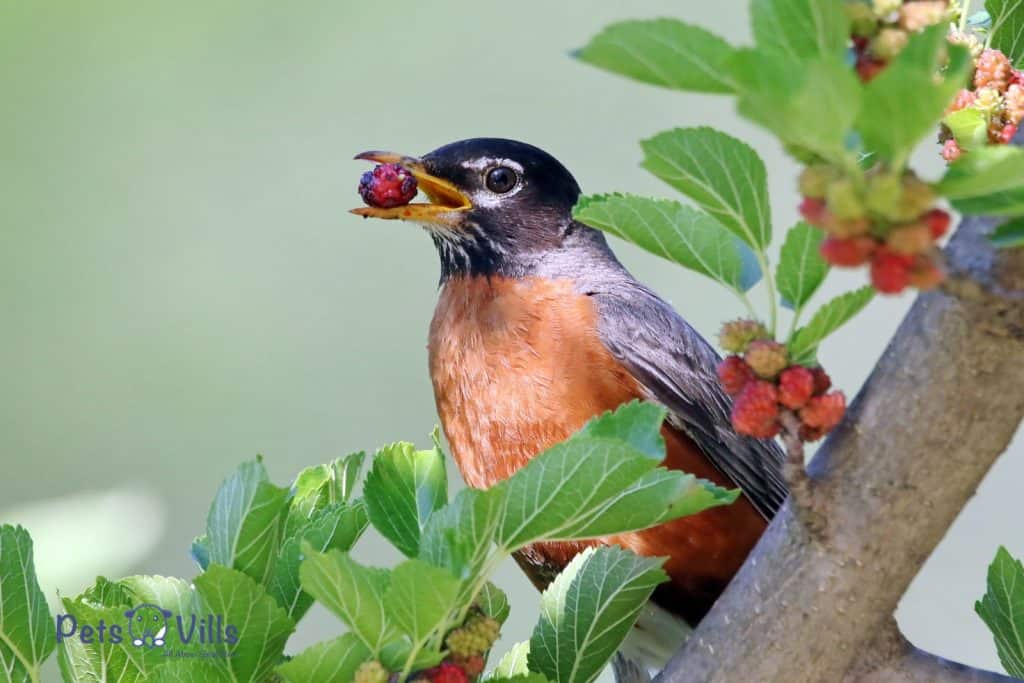
American robins are common throughout North America. The American robin can be seen from South America to southern Mexico and across the Pacific coast in the winter of North America.
Nesting
The American Robbins nest in the backyard. The nests are usually at the base of the tree. Sometimes American robins nest on the ground, in buildings, or on straw.
Eggs
American robins usually lay four eggs. The eggs of the American Robin are sky-blue or blue-green..Length: 2.8-3 cm or 1.1-1.2 inches
Width : 2.1 cm or 0.8 inches
American robin birds usually take 12 to 14 days to hatch from eggs.
#7 Pileated Woodpecker
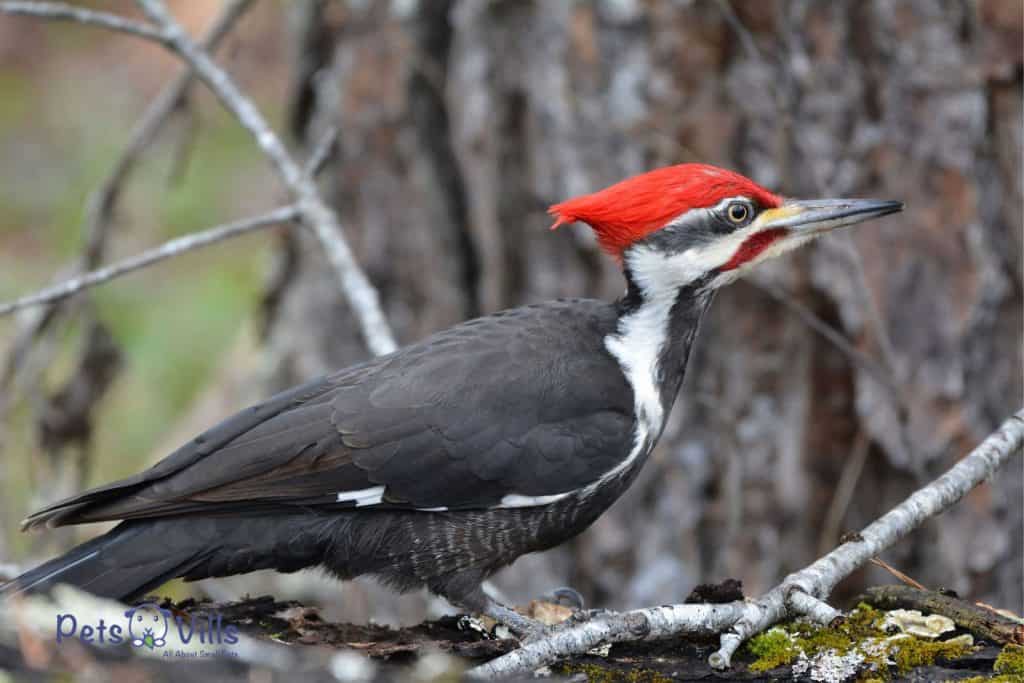
The most popular variety of woodpeckers in North America is the Pileated woodpecker. They are found in the eastern United States, Central Canada, and the Pacific coast.
Nesting
Piled woodpecker birds nest in large or dead trees. Unlike other birds, they nest together as a hole in a dead tree, with hay on the inside.
Piled woodpecker nests are 5 to 50 feet above the ground. It takes them 3 to 6 weeks to build the house.
Eggs
Piled woodpecker birds lay 3 to 5 eggs. The eggs are white.
- Length: 3.0 to 3.5 cm or 1.2 to 1.4 inches
- Width : 2.4 to 2.6 cm or 0.9 to 1.0 inches
Piled woodpecker birds usually take 15 to 16 days to hatch from eggs.
#8 Mourning Dove
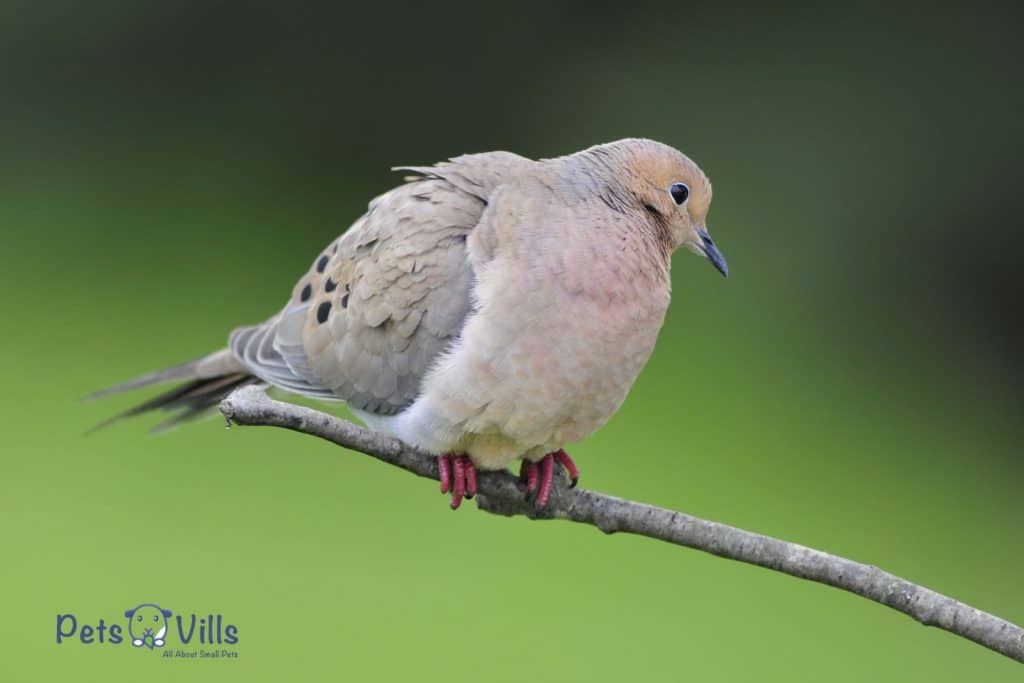
The mourning dove [7] is a member of the dove family. They are more common in North America, Africa, Europe, and the Indian subcontinent.
Nesting
Mourning dove usually nests in low shrubs. In the summer season, the two of them build a house together. They use straw and fiber to build their nests.
Eggs
Mourning dove birds lay 2 to 15 eggs. The eggs are white.
- Length: 2.8 to 3 cm or 1.0 to 1.2 inches
- Width : 2.1 to 2.3 cm or 0.8 to 0.9 inches
Mourning dove birds usually take 14 to 15 days to hatch from eggs.
FAQs
Do birds sit on their eggs all the time?
No, they do not sit on eggs all day. They still go out to look for food.
Can bird eggs hatch without a mother?
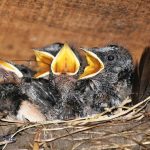
Yes they can as long as they are adequately incubated.
How do you know if a bird egg is alive?
If you put the egg under bright light, you will see visible vein lines. You can also do a float test. If you put the egg in water and it floats, it is viable.
Conclusion
So there you have it – the mystery of how long bird eggs take to hatch is solved. It all depends on the species of bird and the environmental conditions. In general, though, most bird eggs will hatch within a week or two after being laid.
Thanks for following along in our egg journey!
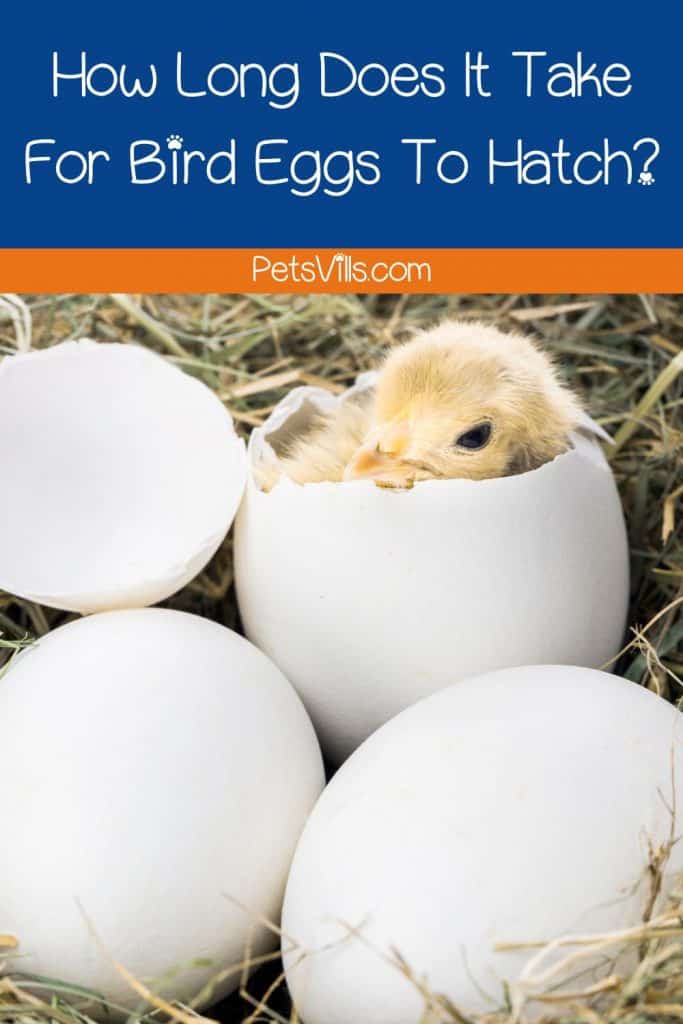
Resources
- Incubation Period of Other Species. Penn State Extension. https://extension.psu.edu/incubation-period-of-other-species
2. Science of Incubation. Penn State Extension. Accessed June 7, 2022. https://extension.psu.edu/science-of-incubation#:~:text=Incubator%20temperature%20should%20be%20maintained
3. Humidity in Incubation. www.brinsea.com. https://www.brinsea.com/Articles/Advice/Humidity.aspx
4. Baltimore Oriole | National Geographic. Animals. Published May 10, 2011. Accessed June 7, 2022. https://www.nationalgeographic.com/animals/birds/facts/baltimore-oriole
5. Bulletin #7152, Understanding Ruby-Throated Hummingbirds and Enhancing Their Habitat in Maine – Cooperative Extension Publications – University of Maine Cooperative Extension. Cooperative Extension Publications. https://extension.umaine.edu/publications/7152e/
6. Anna’s Hummingbird. www.fs.fed.us. Accessed June 7, 2022. https://www.fs.fed.us/wildflowers/pollinators/pollinator-of-the-month/calypte_anna.shtml
7. Mourning Doves – Oklahoma State University. extension.okstate.edu. Published April 1, 2017. Accessed June 7, 2022. https://extension.okstate.edu/fact-sheets/mourning-doves.html

